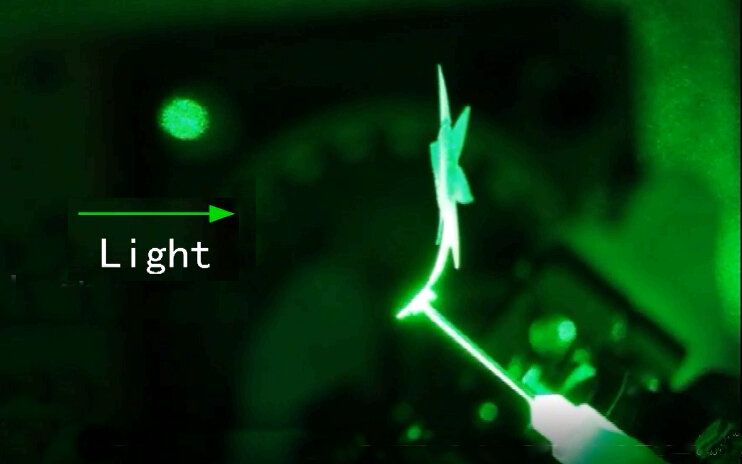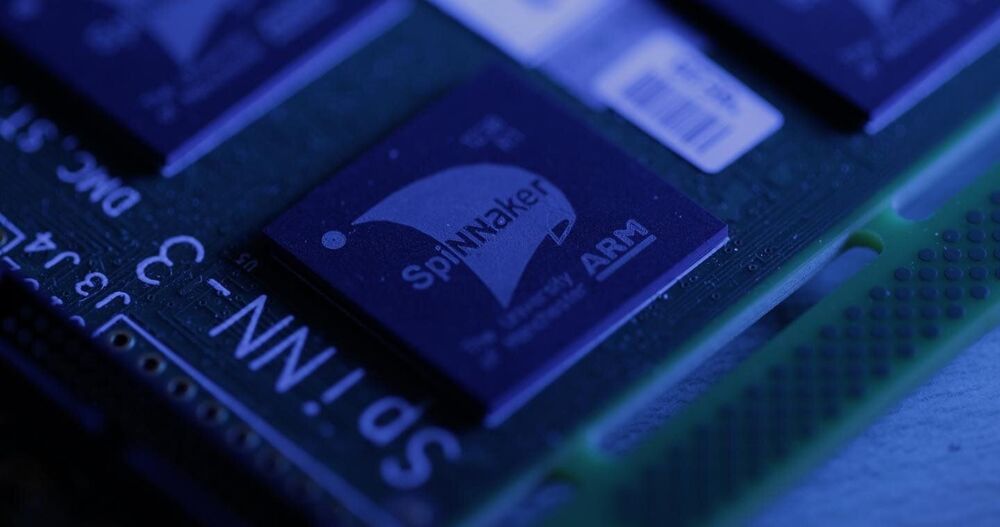P.e.a.c.e!nc. is proud to announce the conclusion as finalists in the $500k Pandemic Response Challenge sponsored by Cognizant with Landmark AI Experiment.
Category: robotics/AI – Page 1,925

NASA Mars scientists spur girls to ‘reach for the stars’
Space roboticist Vandi Verma, who operates the Perseverance—the most advanced astrobiology lab ever sent to another world—as it roams Mars looking for signs of ancient microbial life, said unconscious bias was also a factor in shaping aspirations. “Don’t make assumptions about what a child may be interested in because of their gender or race,” she said. “Don’t buy the Lego just for the boy.”

Irakli Beridze, Head, Centre for Artificial Intelligence and Robotics — UNICRI — United Nations
AI And Robots For Law And Order — Irakli Beridze — Head, Artificial Intelligence and Robotics, UNICRI – United Nations Interregional Crime and Justice Research Institute.
Irakli Beridze is the Head of the Centre for Artificial Intelligence and Robotics at The United Nations Interregional Crime and Justice Research Institute (UNICRI).
With a Master’s Degree in International Relations and National Security Studies, and a law degree, Mr. Beridze has more than 20 years of experience in leading multilateral negotiations, developing stakeholder engagement programs with governments, UN agencies, international organizations, private industry and corporations, think tanks, civil society, foundations, academia, and other partners on an international level.
Mr. Beridze advises governments and international organizations on numerous issues related to international security, scientific and technological developments, emerging technologies, innovation and disruptive potential of new technologies, particularly on the issue on crime prevention, criminal justice and security, and is now actively focused on supporting government’s worldwide on the strategies, action plans, roadmaps and policy papers on Artificial Intelligence.
Since 2014, Mr. Beridze has initiated and managed one of the first United Nations Programs on AI, initiating and organizing a number of high-level events at the United Nations General Assembly, and other international organizations, finding synergies with traditional threats and risks, as well as identifying solutions that AI can contribute to the achievement of the United Nations Sustainable Development Goals.

Controlled by light alone, new smart materials twist, bend and move
Researchers at Tufts University School of Engineering have created light-activated composite devices able to execute precise, visible movements and form complex three-dimensional shapes without the need for wires or other actuating materials or energy sources. The design combines programmable photonic crystals with an elastomeric composite that can be engineered at the macro and nano scale to respond to illumination.
The research provides new avenues for the development of smart light-driven systems such as high-efficiency, self-aligning solar cells that automatically follow the sun’s direction and angle of light, light-actuated microfluidic valves or soft robots that move with light on demand. A “photonic sunflower,” whose petals curl towards and away from illumination and which tracks the path and angle of the light, demonstrates the technology in a paper that appears March 12th, 2021 in Nature Communications.
Color results from the absorption and reflection of light. Behind every flash of an iridescent butterfly wing or opal gemstone lie complex interactions in which natural photonic crystals embedded in the wing or stone absorb light of specific frequencies and reflect others. The angle at which the light meets the crystalline surface can affect which wavelengths are absorbed and the heat that is generated from that absorbed energy.


New approach found for energy-efficient AI applications
Most new achievements in artificial intelligence (AI) require very large neural networks. They consist of hundreds of millions of neurons arranged in several hundred layers, i.e. they have very ‘deep’ network structures. These large, deep neural networks consume a lot of energy in the computer. Those neural networks that are used in image classification (e.g. face and object recognition) are particularly energy-intensive, since they have to send very many numerical values from one neuron layer to the next with great accuracy in each time cycle.
Computer scientist Wolfgang Maass, together with his Ph.D. student Christoph Stöckl, has now found a design method for artificial neural networks that paves the way for energy-efficient high-performance AI hardware (e.g. chips for driver assistance systems, smartphones and other mobile devices). The two researchers from the Institute of Theoretical Computer Science at Graz University of Technology (TU Graz) have optimized artificial neuronal networks in computer simulations for image classification in such a way that the neurons —similar to neurons in the brain—only need to send out signals relatively rarely and those that they do are very simple. The proven classification accuracy of images with this design is nevertheless very close to the current state of the art of current image classification tools.

Nimble Robotics scores $50M for its fulfillment automation tech
Warehouse automation company Nimble Robotics today announced that it has raised a $50 million Series A. Led by DNS Capital and GSR Ventures and featuring Accel and Reinvent Capital, the round will go toward helping the company essentially double its headcount this year.
Founded by former Stanford PhD student Simon Kalouche, the system utilizes deep imitation learning – a popular concept in robotics research that helps systems map and improve through imitation.
“Instead of letting it sit in a lab for five years and creating this robotic application before it’s finally ready to deploy to the real world, we deployed it today,” says Kalouche. “It’s not fully autonomous – it’s autonomous maybe 90, 95% of the time. The other 5–10% is assisted by remote human operators, but it’s reliable on day one, and it’s reliable on day 10000.”

More human than human? How the future of video game AI will change the way that we play
EA, Ubisoft, Warner Bros, and more explore how artificial intelligence innovations will lead to more believable open worlds and personal adventures within them.
Most NPCs simply patrol a specific area until the player interacts with them, at which point they try to become a more challenging target to hit. That’s fine in confined spaces, but in big worlds where NPCs have the freedom to roam, it just doesn’t scale. More advanced AI techniques such as machine learning – which uses algorithms to study incoming data, interpret it, and decide on a course of action in real-time – give AI agents much more flexibility and freedom. But developing them is time-consuming, computationally expensive, and a risk because it makes NPCs less predictable – hence the Assassin’s Creed Valhalla stalking situation.
However, as open-world and narrative-based games become more complex, and as modern PCs and consoles display ever more authentic and detailed environments, the need for more advanced AI techniques is growing. It’s going to be weird and alienating to be thrust into an almost photorealistic world filled with intricate systems and narrative possibilities, only to discover that non-player characters still act like soulless robots.
This is something the developers pushing the boundaries of open-world game design understand. Ubisoft, for example, has dedicated AI research teams at its Chengdu, Mumbai, Pune, and Montpelier studios, as well as a Strategic Innovation Lab in Paris and the Montreal studio’s La Forge lab, and is working with tech firms and universities on academic AI research topics.
Using artificial intelligence to generate 3D holograms in real-time
Holograms deliver an exceptional representation of 3D world around us. Plus, they’re beautiful. (Go ahead — check out the holographic dove on your Visa card.) Holograms offer a shifting perspective based on the viewer’s position, and they allow the eye to adjust focal depth to alternately focus on foreground and background.
Researchers have long sought to make computer-generated holograms, but the process has traditionally required a supercomputer to churn through physics simulations, which is time-consuming and can yield less-than-photorealistic results. Now, MIT researchers have developed a new way to produce holograms almost instantly — and the deep learning-based method is so efficient that it can run on a laptop in the blink of an eye, the researchers say.